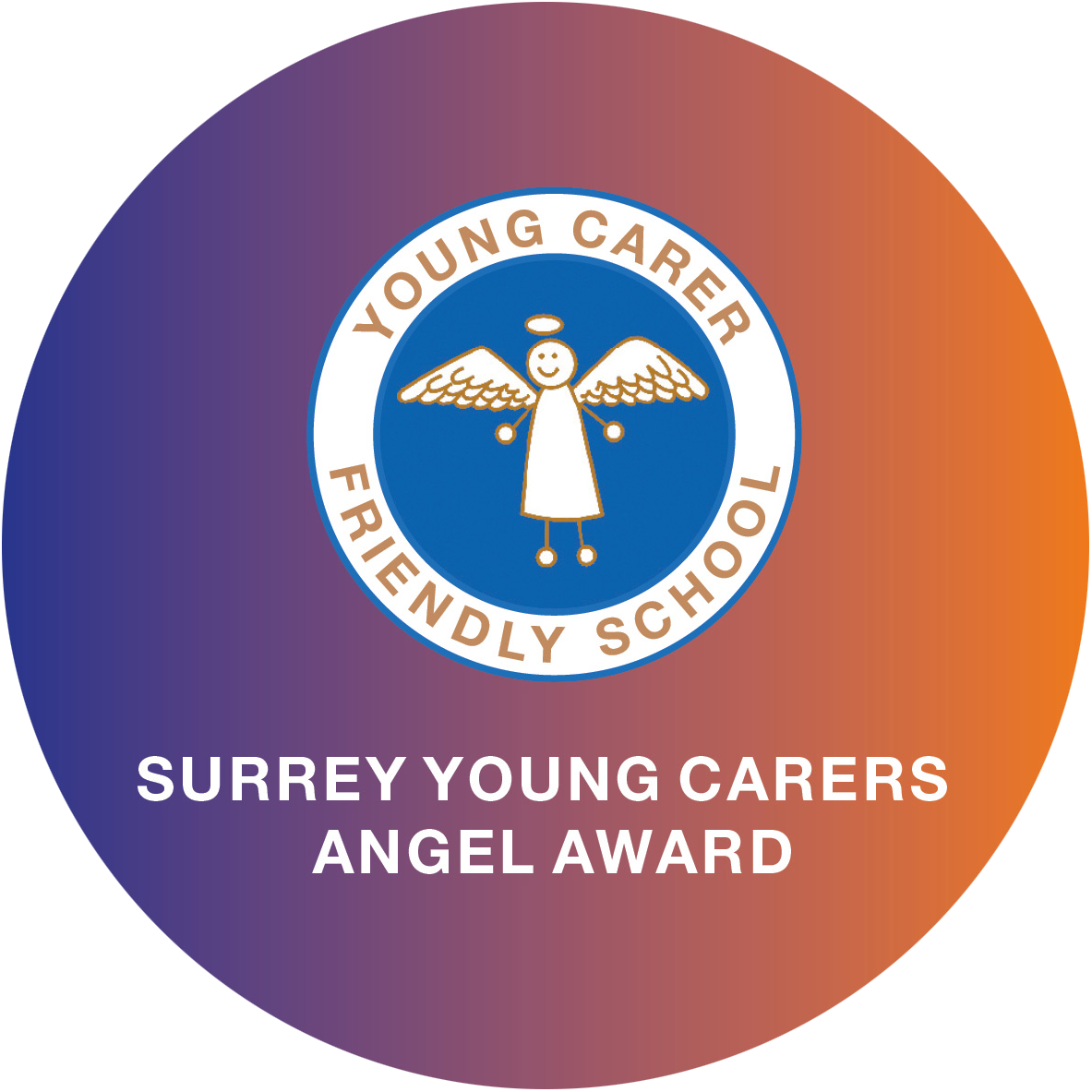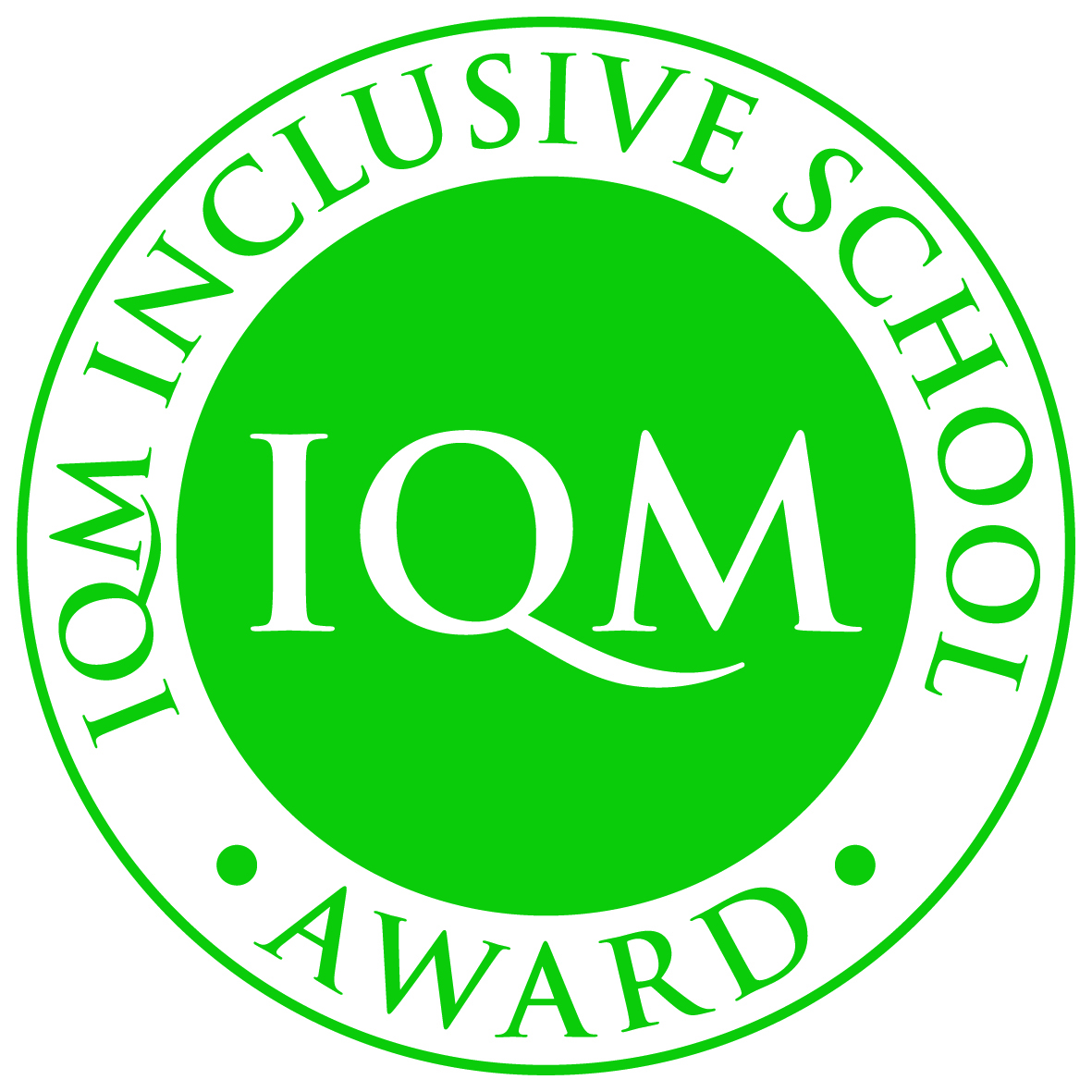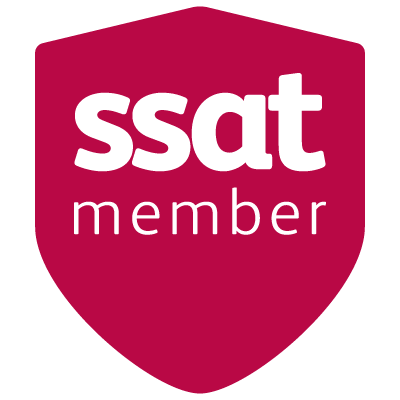The English curriculum at St Mary’s follows the 2014 National Curriculum Programme of Study for English and the Communication & Language and Literacy areas of the 2021 EYFS Statutory Framework
Reading: In Reception and Year 1, children are taught Phonics daily using a DfE approved systematic synthetic phonics programme - ‘Bug Club Phonics’ which is based on a proven progression. The Bug Club Phonics programme follows this structure:
- Introduce the learning intentions
- Revisit and review previous learning
- Teach new grapheme-phoneme correspondences with blending and writing activities
- Practise new and revised sounds with digital games, worksheets and flashcards
- Apply phonic skills to reading captions and sentences within language lessons and decodable readers dedicated to each phonics set
- Assess learning with digital and paper assessments
As the children move into Year 2 and KS2, reading is taught through whole class or small group guided reading sessions, and focus on building children’s comprehension skills. In these sessions, specific reading skills (understanding vocabulary, inferring, predicting, explaining, retrieving, summarising) are taught, practised and applied through shared and independent activities. The resources selected for these sessions include materials from a wide range of genres, covering a variety of themes to ensure the children are exposed to a rich diet of reading material.
For those children who require additional support as they learn to read, one to one and small group interventions are put in place to ensure they make progress quickly. These include Reading Recovery (Years 1 & 2) and Project X Code (Years 2-4).
In all year groups, emphasis is placed on developing a love of reading. Classrooms have attractively presented book corners with carefully selected texts for each year group. Further reading material can be found in the school library area, and children are encouraged to share their recommendations with their peers. Teachers choose books to read to their class, sometimes linked to their topic work, or sometimes just for pleasure. Time to read is valued, and children are given regular opportunities to enjoy reading independently. World Book Day is celebrated annually, and a ‘Book Week’ around this event allows for further enrichment activities to celebrate the children’s love of reading across the school.
Writing: As a school, we have adopted ‘The Write Stuff’ by Jane Considine to bring clarity to the mechanics of writing. ‘The Write Stuff’ incorporates a method called ‘Sentence Stacking’ which refers to the fact that sentences are stacked together and organised to engage children with short, intensive moments of learning that they can then immediately apply to their own writing. This approach makes sure that all of our children are exposed to high quality texts that stimulate quality responses to reading, high quality writing and purposeful speaking and listening opportunities. Our curriculum ensures that all children have plenty of opportunities to write for different purposes. We encourage writing through all curriculum areas and use quality reading texts to model examples of good writing. We believe that children need lots of rich speaking and drama activities to give them the imagination and the experiences that will equip them to become good writers.
The Write Stuff is based on teaching sequences that slide between experience days and sentence stacking lessons. With modelling at the heart of them, the sentence stacking lessons are broken into bite-sized chunks and taught under the structural framework of The Writing Rainbow. Teachers prepare children for writing by modelling the ideas, grammar or techniques of writing. An individual sentence-stacking lesson usually includes 3 sentences, and the teaching of each sentence is broken down into three chunks:
● Initiate – a stimulus to capture the children’s imagination and generate vocabulary and ideas.
● Model – the teacher models the sentence, clearly demonstrating the thought processes of the writer and emphasising the sentence structure, techniques or features being taught.
● Enable – the children write their sentence, following the model. More able children are encouraged to ‘deepen the moment’.
At the end of a Write Stuff unit, the children complete an independent write. We have adapted the approach to suit our school, so that each term, teachers teach at least one narrative, and one non-fiction ‘Write Stuff’ unit, adapting to meet the needs of their class, and ensuring that there is adequate time dedicated to planning, writing and editing and improving the children’s independent write. Through assessing the children’s independent writing, teachers are then able to plan for the needs of the class, and supplement the Write Stuff approach with specific grammar focussed sessions, short sequences of work based around developing a specific skill or technique further, and real-life writing opportunities linked to other areas of the curriculum and school events.
Spelling: In Years 2-6, spelling is taught using ‘Read Write Inc Spelling’, a proven approach underpinned by phonics, which focusses on a different spelling rule each week. Fast-paced daily sessions of around 15 minutes engage the children in individual and partner tasks and meet the requirements of the national curriculum. Children in Reception and Year 1 have daily Bug Club Phonics lessons and apply a newly taught sound in their spelling in sessions and in whole-class learning across the curriculum.
Speaking & Listening: Approaches to teaching and learning encourage pupils to voice their ideas in small group and class discussions, as we recognise that sharing and explaining concepts with peers enhances learning. Staff model the use of higher-level vocabulary within their speech and expanding children’s vocabulary is a key focus from EYFS. Subject specific vocabulary is embedded across the curriculum, through teacher modelling, in context. Contextual learning helps children to understand new words and supports them in including them in their work.
Reading sessions encourage pupils to explore unfamiliar vocabulary and expand their knowledge of words. Staff model correct grammar in speech and encourage children to reflect this in their use of spoken and written language. Children are given the chance to orally rehearse ideas for writing regularly.
Drama is used across the curriculum to explore and engage children in their learning. This gives children the chance to embed vocabulary in shared activities such as role play and debates. Each class performs a class assembly to parents twice a year, and the nativity performance, church services and end of year production all provide speaking and listening opportunities to different classes.



